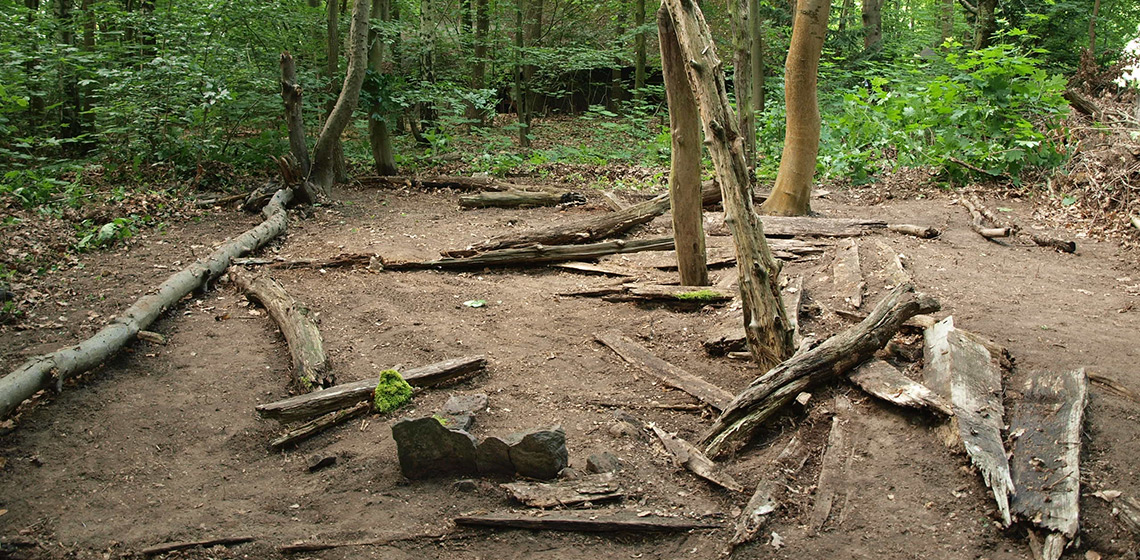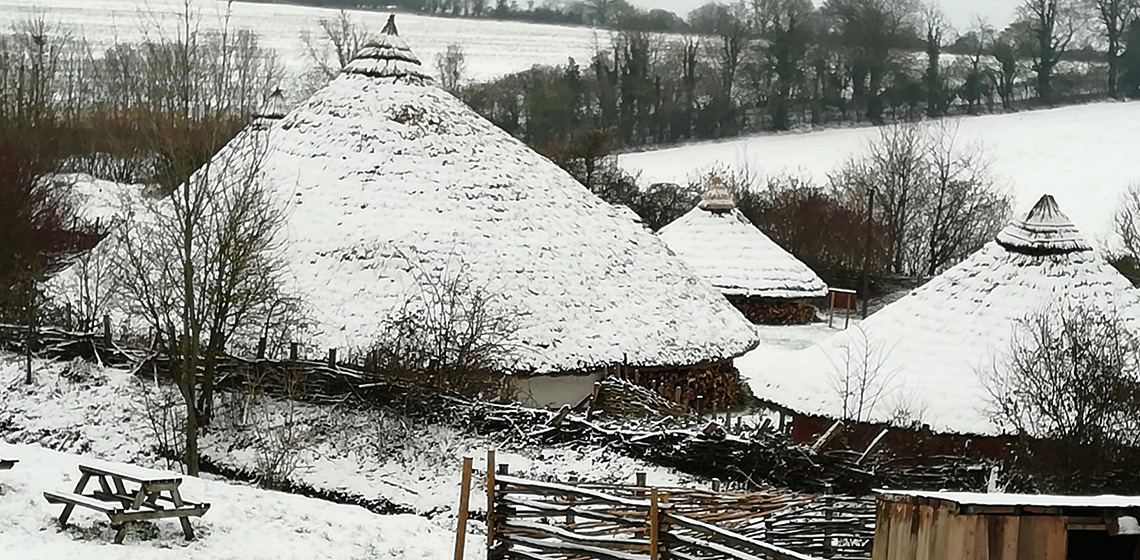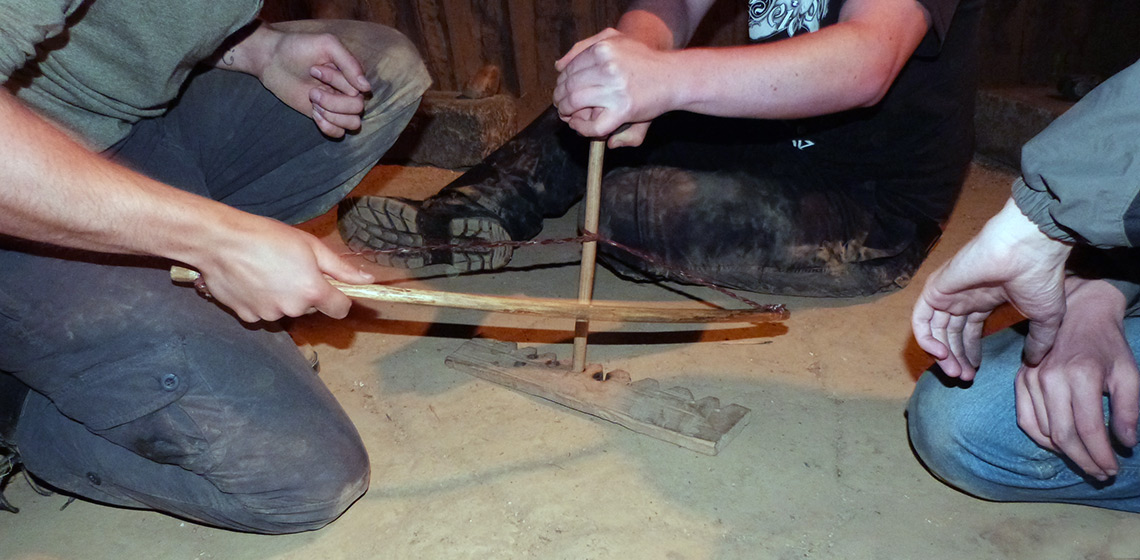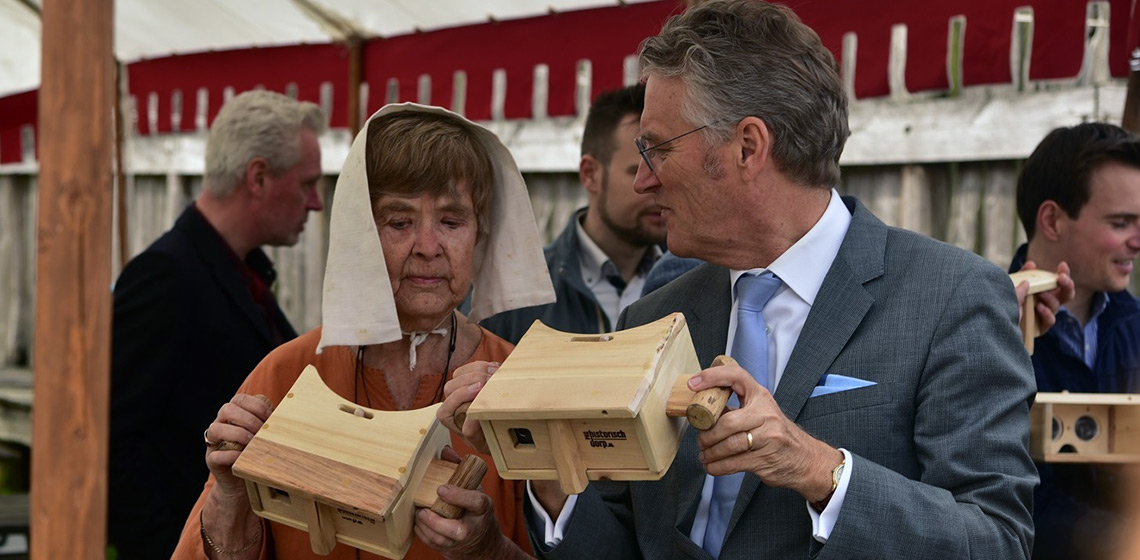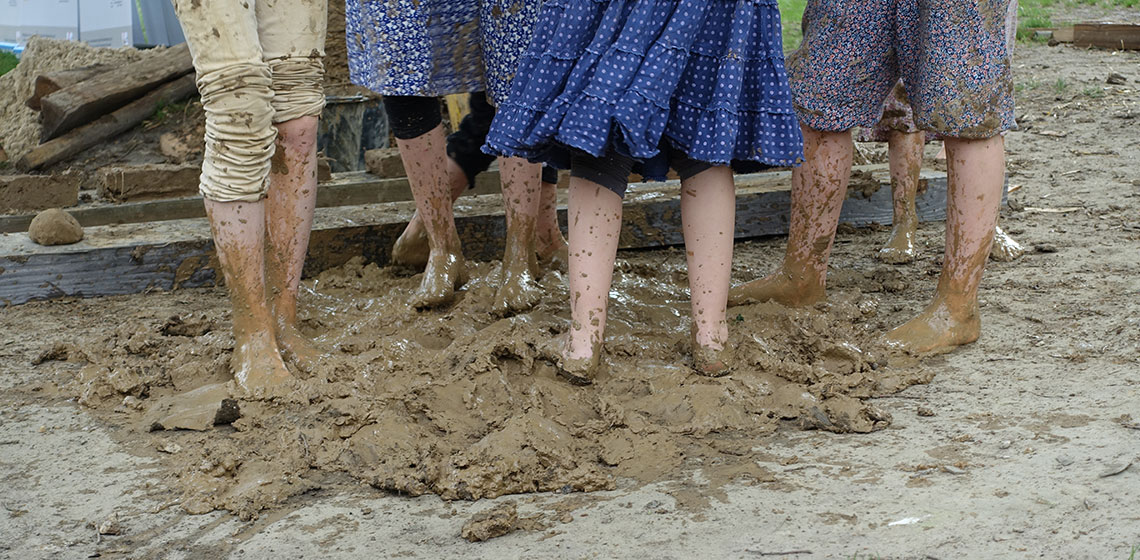The Weald & Downland Living Museum’s Saxon Hall
In the early days of the Weald & Downland Open Air Museum, from September 1970, there was a Saxon building on the site, which was one of only two archaeological reconstructions at the museum. This original sunken-floor Saxon building is no longer standing but, after several years in the planning, a new project saw the construction in 2015 of another Saxon building, the Saxon Hall from Steyning...

